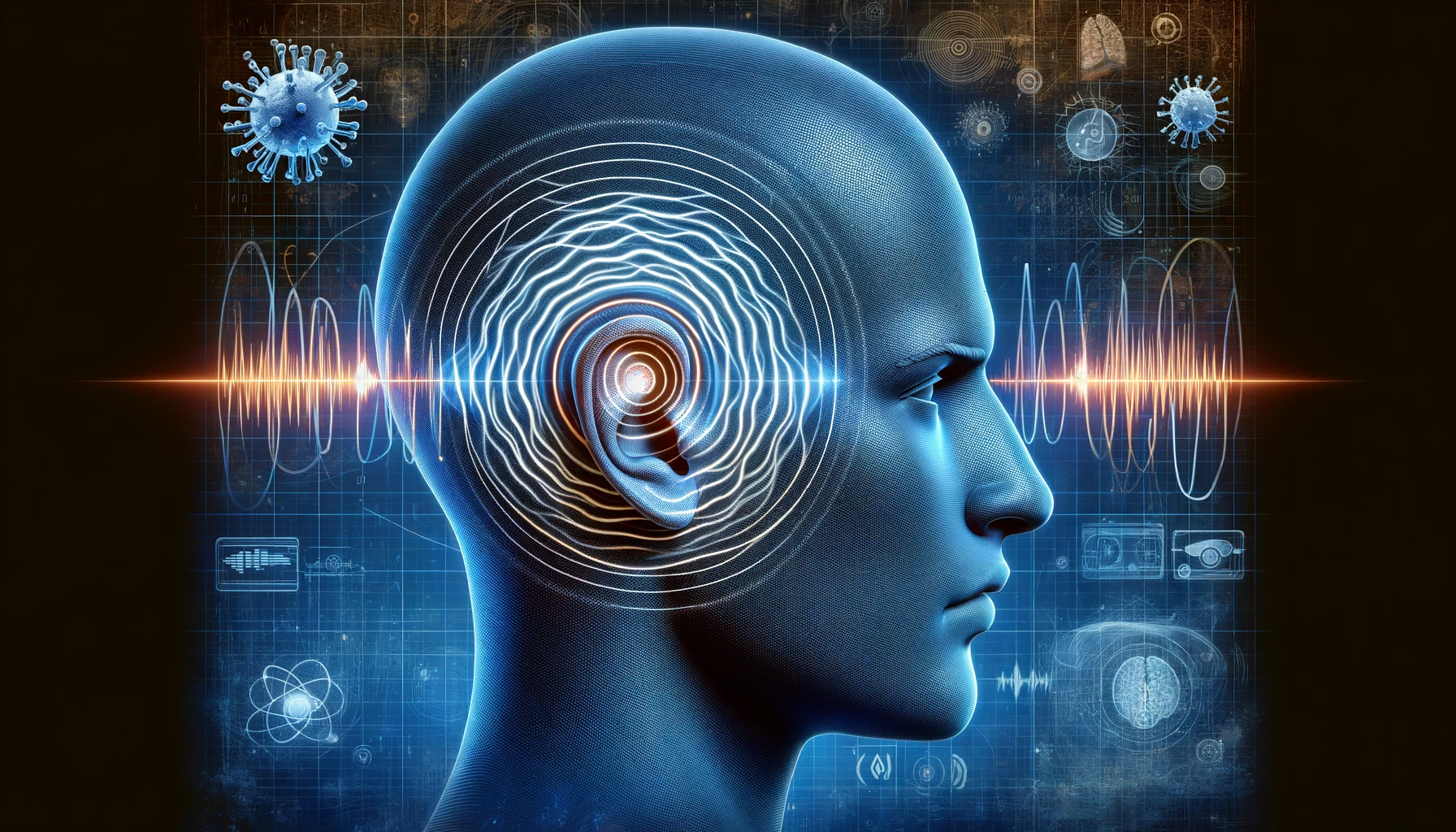The document “The Microwave Auditory Effect” is a comprehensive review of the microwave auditory effect, a phenomenon where pulsed microwaves are perceived as sound by humans and animals. It covers historical perspectives, including anecdotal reports from radar operators and airmen during WWII, and details of controlled laboratory experiments confirming these observations. The paper discusses various studies and experiments that explore the auditory perception of pulsed microwaves in both humans and animals, investigating behavioral, neurophysiological, and psychophysical aspects.
Key points include:
- The microwave auditory effect is distinct from normal sound perception and involves the direct interaction of microwave pulses with biological tissues.
- Various studies have shown that microwave pulses can evoke auditory sensations in humans and animals, with the effect depending on factors like pulse width, peak power, and the frequency of the microwaves.
- Experiments have demonstrated that the effect does not arise from an interaction of microwaves with the central auditory nervous system but rather through bone conduction to the inner ear.
- The paper also explores the potential health risks and safety implications of the microwave auditory effect, particularly in terms of tissue injury and the potential for non-lethal injuries.
This research contributes significantly to the understanding of the interaction between electromagnetic fields and biological systems, particularly in the context of auditory perception.








